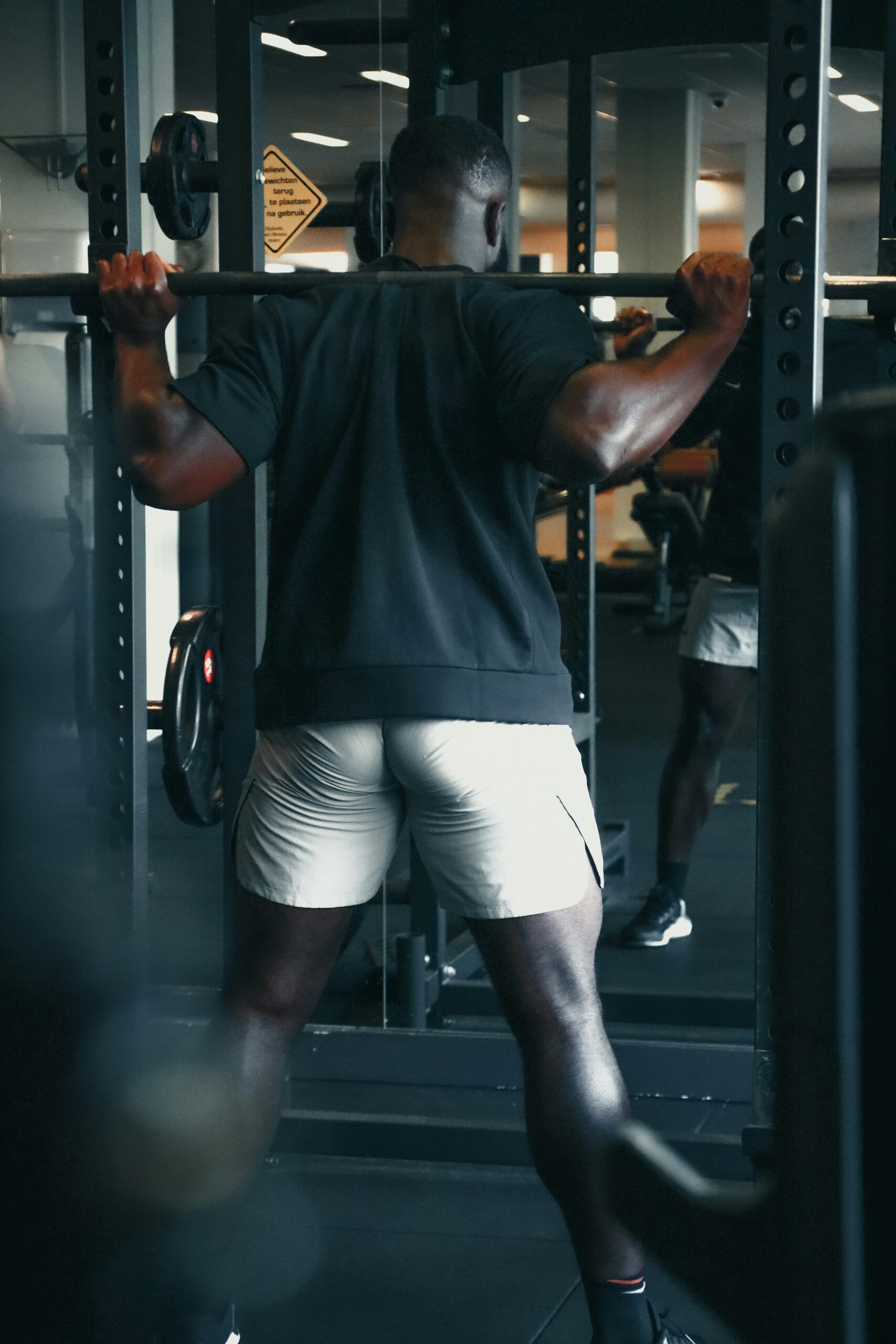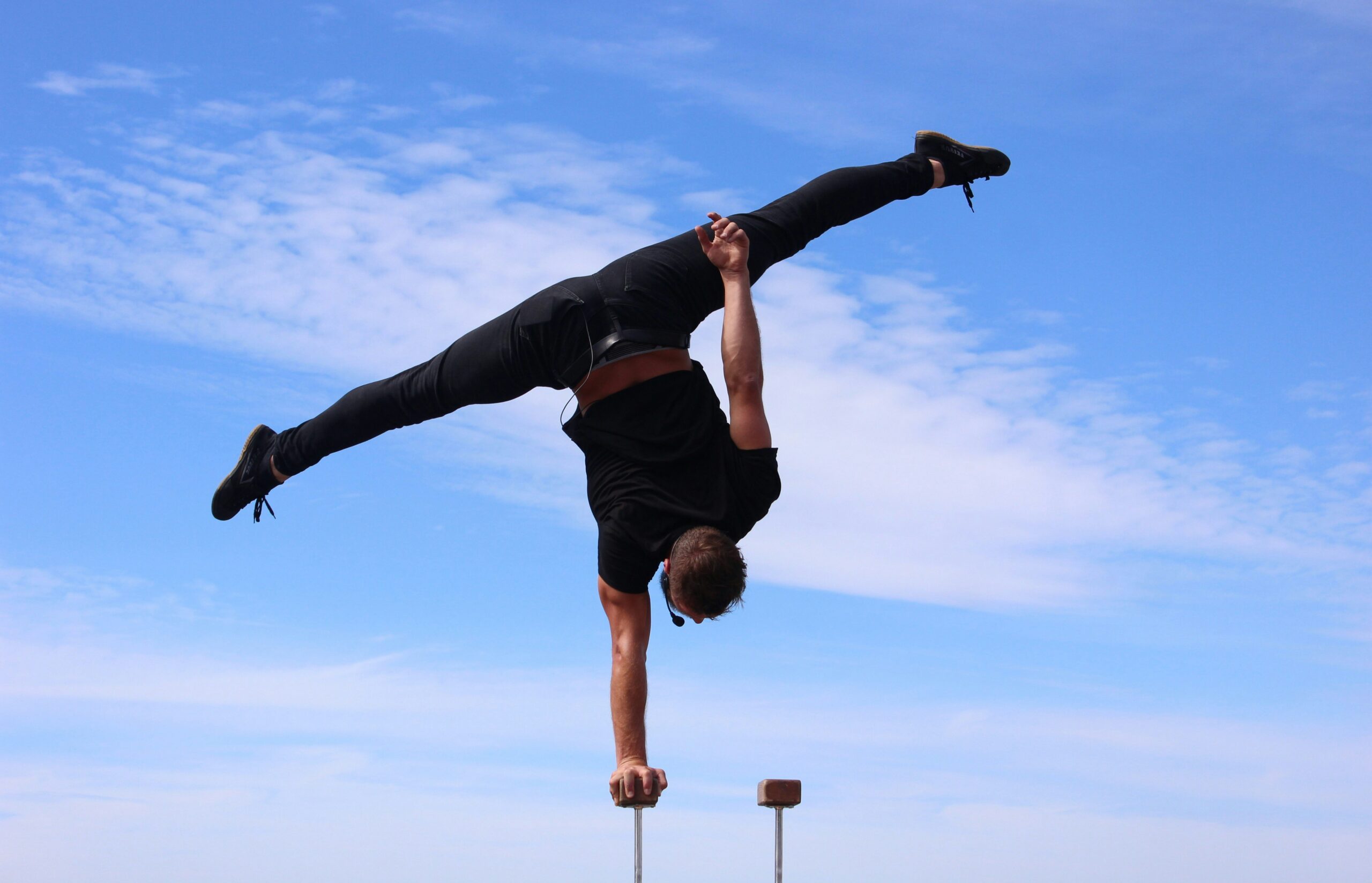Unlocking Your Potential: The Power of Fitness Habits
In the world of sports and physical activity, there’s often a tipping point—a moment when the right habits can elevate you from being just another participant to a serious contender. It’s like that moment in a captivating sports movie when the underdog finally discovers their true potential. But unlike in the movies, there’s no magic formula. Instead, the secret lies in adopting essential fitness habits that not only improve performance but also enhance overall well-being.
Now, you might be wondering, “What exactly are these habits?” Well, buckle up, because we’re about to dive into a range of practices that can reshape your approach to fitness, whether you’re a weekend warrior or a seasoned athlete. Let’s dig in!
The Foundation: Consistency is Key
Imagine waking up every day and lacing up your sneakers—now, that’s a powerful image! But consistency is more than just a daily routine; it’s about making a commitment to yourself. Many athletes and fitness enthusiasts swear by the principle of consistency. (I remember my early days of running; it took weeks before I could jog without feeling like I was about to collapse.)
Establishing a regular schedule can help. Here are some tips:
- Set Realistic Goals: Don’t aim to run a marathon next month if you’ve never even jogged a mile. Start small and build up.
- Find Your Time: Whether you’re a morning person or a night owl, pick a time that works for you. It’s easier to stick to a routine if it fits your lifestyle.
- Track Your Progress: Keeping a journal or using an app can help you see how far you’ve come. Plus, there’s nothing like crossing off a workout to boost motivation!
Nutrition: Fueling the Machine
Now, let’s talk about the fuel that powers your body. Nutrition isn’t just a trendy topic; it’s a crucial element of any fitness regimen. Think of your body as a high-performance vehicle—would you fill it with cheap gas? Of course not! Similarly, you wouldn’t want to fuel your workouts with junk food.
Some principles to keep in mind:
- Balanced Diet: A mix of carbohydrates, proteins, and fats is essential. Carbs provide energy, proteins help repair muscles, and healthy fats support overall health.
- Hydration Matters: Dehydration can seriously hinder performance. A good rule of thumb is to drink at least half your body weight in ounces of water each day.
- Meal Timing: Eating a small meal or snack before a workout can give you that extra boost. Post-workout, aim to eat a combination of protein and carbs within 30 minutes to kickstart recovery.
Strength Training: Building a Solid Base
If you want to elevate your game, you can’t skip out on strength training. It’s like the backbone of your fitness journey. Strength training not only builds muscle but also increases bone density, boosts metabolism, and improves overall performance. (Trust me, I learned this the hard way after neglecting it for too long and wondering why my endurance was lacking.)
Here’s how to incorporate strength training effectively:
- Choose Compound Movements: Exercises like squats, deadlifts, and bench presses work multiple muscle groups and are great for building strength.
- Progressive Overload: Gradually increase the weight or resistance you’re using. Your muscles need a challenge to grow!
- Rest and Recover: Allow your muscles time to heal. Overtraining can lead to injury, which is the last thing you want when trying to elevate your game.
Cardiovascular Fitness: The Heart of the Matter
Cardio isn’t just about running on a treadmill while watching Netflix (though who hasn’t done that?). It plays a vital role in increasing your endurance and overall health. A strong cardiovascular system can mean the difference between fading out in the last quarter or powering through to the finish line.
Here are some effective cardio habits to adopt:
- Mix It Up: Variety keeps things interesting! Incorporate running, cycling, swimming, or even dancing to keep your heart rate up and avoid boredom.
- Interval Training: Short bursts of high-intensity work followed by rest can be super effective in burning fat and improving cardiovascular fitness.
- Consistency Over Intensity: It’s better to engage in moderate cardio regularly than to go all out infrequently. Aim for at least 150 minutes of moderate aerobic activity each week.
Flexibility and Mobility: Don’t Skip the Stretching!
Ah, stretching—the oft-ignored aspect of fitness. (I’ll admit, I used to think it was a waste of time until a particularly painful injury made me reconsider.) Flexibility and mobility are crucial for preventing injuries and improving performance.
Consider these points:
- Dynamic Stretching: Incorporate dynamic stretches into your warm-up to prepare your muscles for activity.
- Static Stretching: Save static stretches for after workouts to help with recovery and flexibility.
- Yoga or Pilates: These practices can improve flexibility and core strength, enhancing overall athletic performance.
Rest and Recovery: The Unsung Heroes
Let’s face it: all work and no play makes Jack a dull boy—and a tired athlete. Recovery is just as important as the workouts themselves. It allows your body to heal, rebuild, and come back stronger. Ignoring this aspect can lead to burnout and injury.
Some strategies to consider:
- Listen to Your Body: If you’re feeling exhausted, take a rest day. Sometimes, the best thing you can do for your progress is to take a step back.
- Sleep Hygiene: Quality sleep is non-negotiable. Aim for 7-9 hours of sleep a night and establish a calming bedtime routine.
- Active Recovery: Engage in low-intensity activities like walking or gentle cycling on days off to promote blood flow and recovery.
The Mental Game: Mind Over Matter
Fitness isn’t just about the body; the mind plays a significant role too. Mental resilience can be the tipping point in your performance. Think of athletes who push through pain, fatigue, and self-doubt. How do they do it? Mental training!
Here’s how to start strengthening your mental game:
- Visualize Success: Picture yourself achieving your goals. Visualization can be a powerful motivator.
- Set Intentional Goals: Rather than vague aspirations, set specific and measurable goals. This creates a clear path for your training.
- Practice Mindfulness: Techniques like meditation can help reduce anxiety and improve focus, leading to better performance.
Community: Surround Yourself with Support
Let’s not forget the power of community! Engaging with others who share your passion can be incredibly motivating. Whether it’s joining a local running club or participating in group fitness classes, the camaraderie can push you to new heights.
Consider these aspects:
- Accountability Partners: Find a workout buddy who will keep you on track. It’s much harder to skip a workout when someone else is counting on you!
- Sharing Experiences: Discussing your challenges and victories with others can provide valuable insights and encouragement.
- Participate in Events: Signing up for races or competitions can be a great way to challenge yourself while having fun with others.
Technology: Use It to Your Advantage
In this digital age, technology can be a fantastic ally in your fitness journey. From tracking apps to fitness wearables, there’s a plethora of tools at your disposal. (I remember my first fitness tracker; I was obsessed with hitting my step count every day!)
Here are some ways to leverage technology:
- Fitness Apps: Apps can help guide your workouts, track your nutrition, and monitor your progress over time.
- Wearables: Devices like smartwatches can provide real-time feedback on heart rate, calories burned, and even sleep patterns.
- Online Communities: Social media and forums are great places to connect with other fitness enthusiasts, share tips, and find motivation.
Putting It All Together: Creating Your Fitness Plan
So, how do you weave all these habits into a cohesive fitness plan? It might seem daunting, but the key is to start small and be adaptable. Here’s a framework to help you get going:
Step 1: Assess Your Current Fitness Level
Before diving into a new routine, take stock of where you stand. Consider factors like your current activity level, any injuries, and your overall health. This will inform your goals and help you create a tailored plan.
Step 2: Set Clear, Attainable Goals
Goals should be SMART—Specific, Measurable, Achievable, Relevant, and Time-bound. Instead of saying, “I want to get fit,” try “I want to run a 5K in three months.” This specificity offers a clear path forward.
Step 3: Develop a Balanced Routine
Your plan should include elements of strength training, cardio, flexibility, and recovery. Aim for a well-rounded routine that challenges you while allowing for proper recovery.
Step 4: Monitor Your Progress
Regularly assess how you’re doing. Are you hitting your targets? Do you feel stronger and more energized? Adjust your plan as necessary, and don’t hesitate to seek guidance from professionals if needed.
Final Thoughts: Embrace the Journey
Fitness is a journey, not a destination. It’s about finding what works for you and enjoying the process. As you incorporate these essential habits into your life, remember that progress takes time. Celebrate the small victories along the way—because every step counts.
And who knows? Perhaps you’ll shock yourself and find that you’re capable of more than you ever imagined. Just like the underdog in that sports movie, you might just find yourself rising to the occasion.
So, lace up those sneakers, grab a water bottle, and get ready to elevate your game. The journey awaits!




